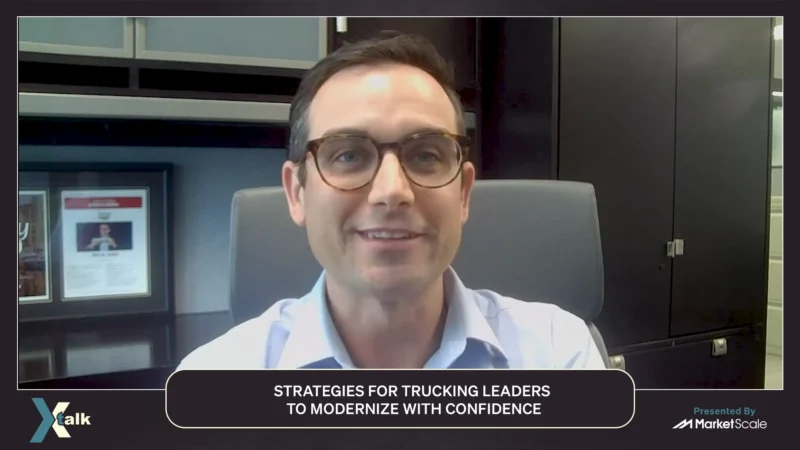Achieving New Heights in Freight: A Former Driver’s Journey to Snagging a Key Social Media Role in the Freight Industry
Can having a diverse career path, particularly in the supply chain and freight industry, lead to unexpected opportunities and insights?
A new segment of “Hammer Down,” says, yes. The subject was explored with host Mike Bush interviewing Justin Martin, the Social Media Content Creator for the FreightWaves team, and a former driver. Martin’s journey from driving trucks to shaping social media strategy for a major data and publication player in the freight industry underlines the unique perspectives he brings to the table.
Martin reflected on this trajectory, stating, “What’s cool about trucking and supply chain is that almost everyone knows someone who’s a truck driver, so if you have an idea or something you want to pitch to them, it’s not that hard to find somebody and say, ‘Hey, what do you think about this?'” He emphasized how there is also an interconnectedness of experiences, along with a potential for growth and innovation in the supply chain sector.
Article written by Alexandra Simon.




